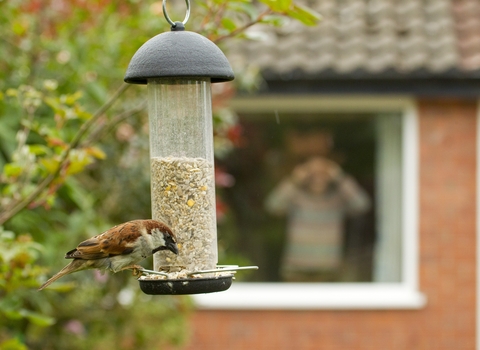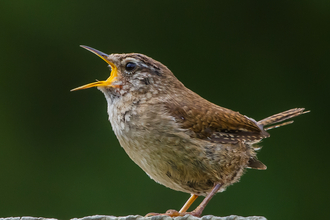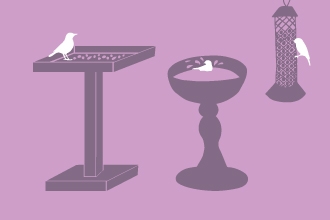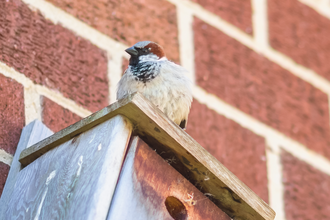House sparrow populations have declined by 69% in England since the 1970s and have been listed as a Red List species of conservation concern.
To understand more about this decline, we launched the House Sparrow Project, a citizen science initiative where hundreds of you surveyed your gardens for sparrows in spring 2025.
Your desire to help this declining species has helped us learn how we can support sparrows in Essex. Thank you.
Key findings
• Houses built after 2019 were less likely to have sparrows. 🏠
• Greater numbers of sparrows were found in gardens with ponds, less artificial grass and less decking/paving. 🌿
• More sparrows were observed in gardens that had bird feeders, regardless of food type. 🥜
• Breeding sparrows were more likely to be seen when there were nest boxes, arranged in clusters with entrance holes of 31-35mm. 🪹
• Higher numbers of sparrows were seen in properties that were within 100m of green recreational spaces. 🌳
What's next?
Some of the indicators of house sparrow abundance, like property age and proximity to green spaces, can’t be helped. But many of the features highlighted in our analysis can be added to gardens and help sparrows thrive.
We've incorporated these actions into this year's Nature Neigbours campaign.




